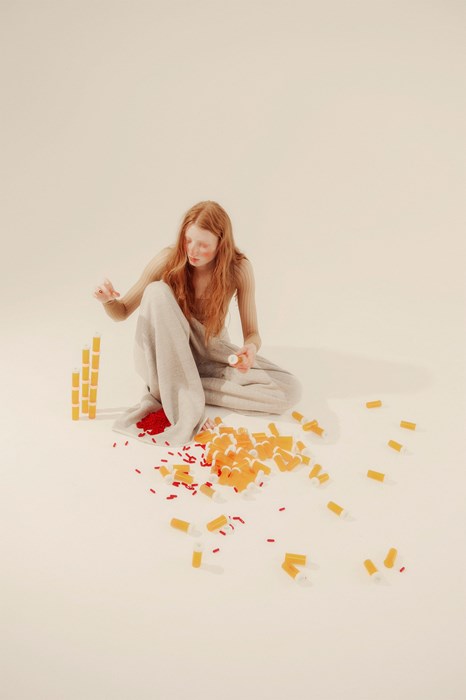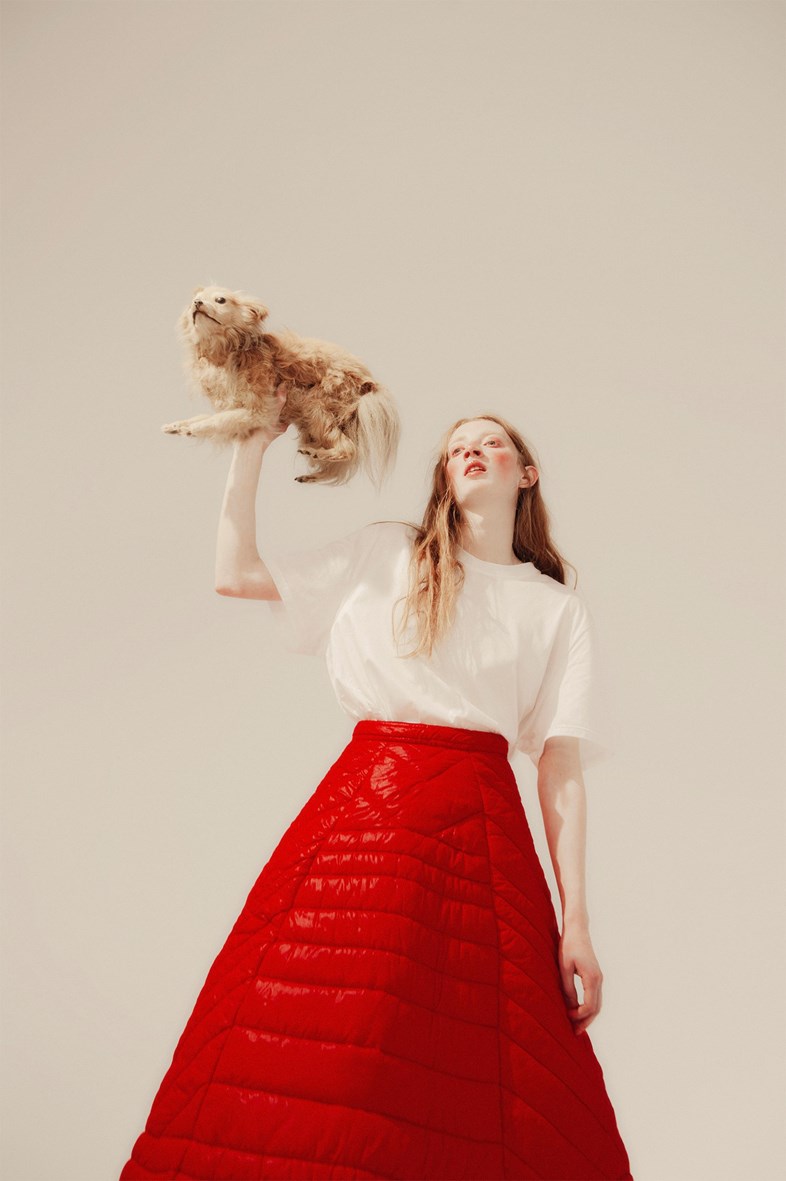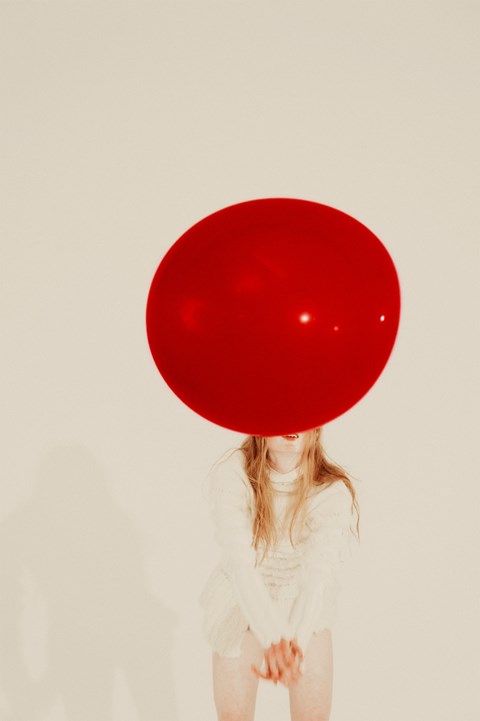Steph Wilson is an English photographer, representing her experience of anxiety through her photography. Wilson views anxiety as an invisible illness, in that it affects your thoughts, feelings and behaviours, to which she seeks to visualise her own interpretations of it through her photography.

Steph Wilson experienced anxiety from the age of 11 until the age of 22. She calls the photo series “The Bell Curve” as anxiety attacks were explained to her in this bell curve description, where the the feeling peaks and decreases. In the moment it is easy to believe that it will never end but by understanding that it will end, can help reduce its duration.

In one photo, Wilson shows half-moons on the skin of a friends who grips her arm with anxiety. In another image four bodies are piled on top of each other to show the claustrophobia of the illness. In another photo match sticks prop open the eyes of a face staring into the camera. The models in the shoot play with domino like toys, they stand them up and they watch them fall down, some of them looking like pills or medication.

Depression is tended to be romanticised or sexualised with wistful pictures of sad women looking out windows, crying or curled up in bed. Melancholy is soft, sultry and seductive. Anxiety lends itself less well to being romanticised or sexualised. Wilson remembers her symptoms of anxiety as a young girl as becoming quite physical.
By representing anxiety as a disorder she has experienced herself and portraying the symptoms and treatment visually through photography, Wilson is creating awareness and understanding for the disorder. The more awareness and understanding there is about mental illness, the less stigma there will be surrounding it.






